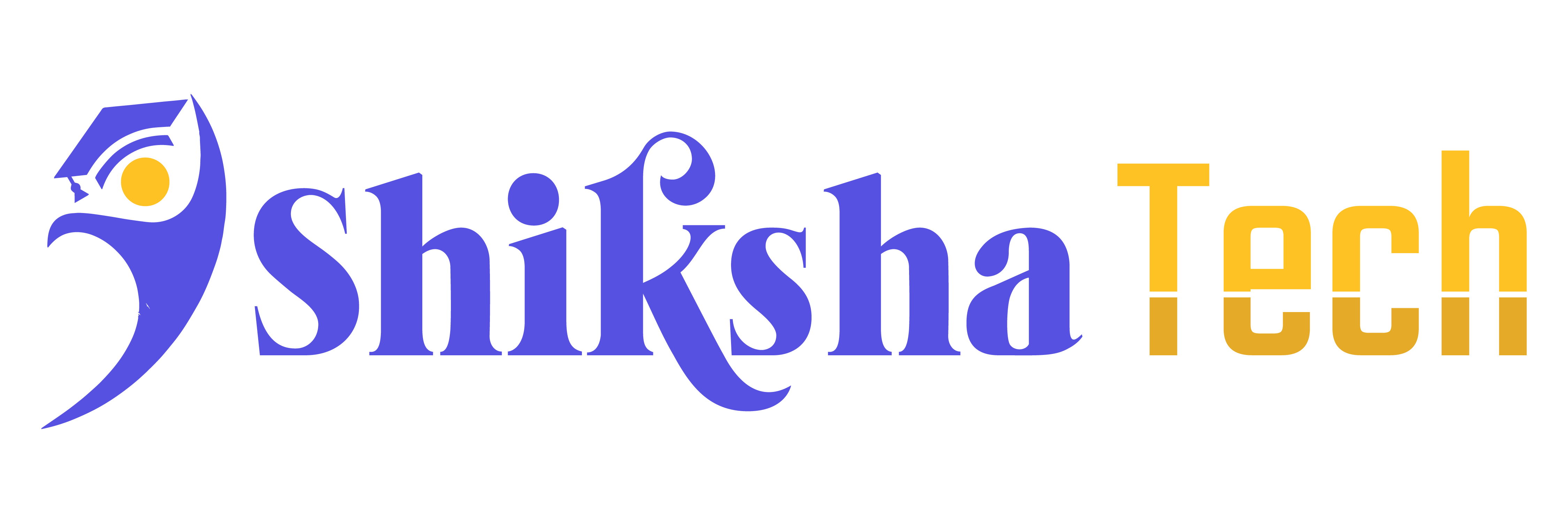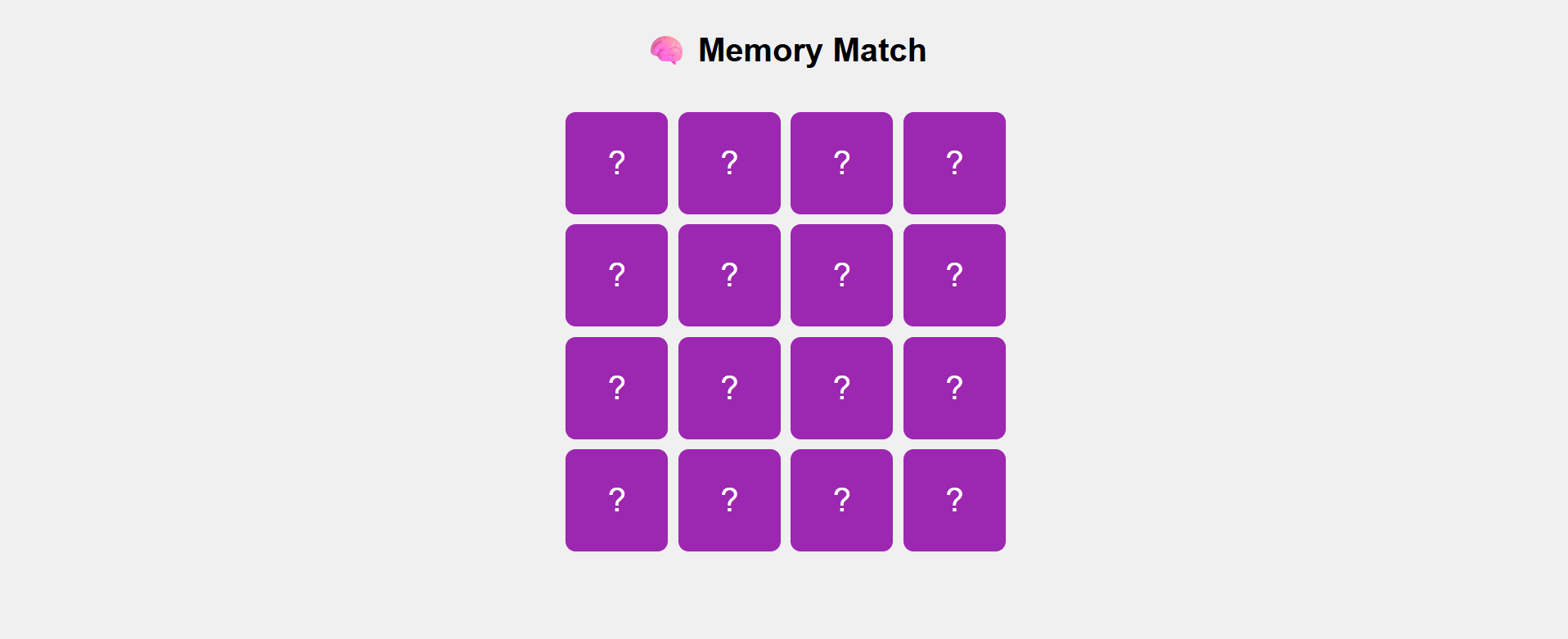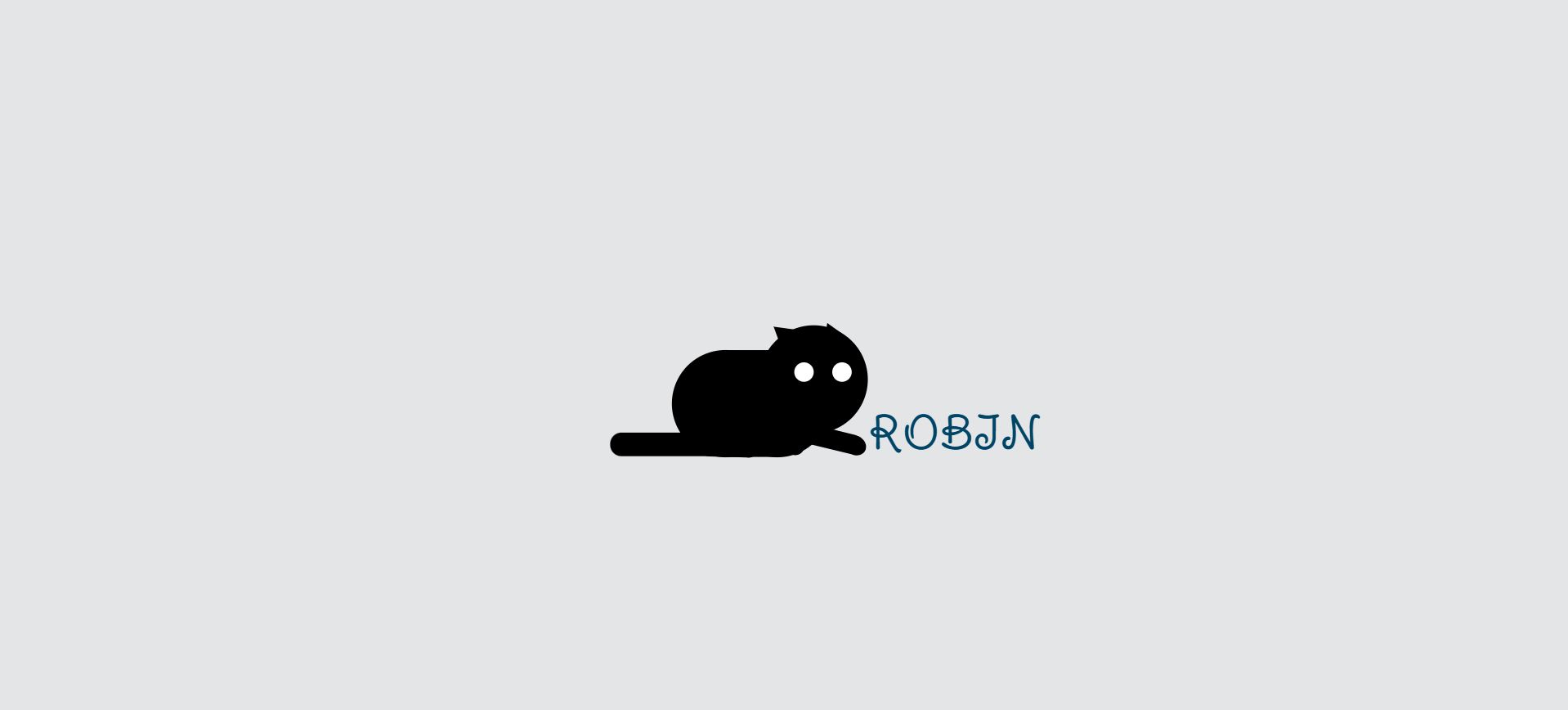
Top 50 HTML Interview Questions and Answers
1. What is HTML?
Answer: HTML (HyperText Markup Language) is the standard language used to create and structure web pages and applications.
2. What are HTML tags?
Answer: Tags are predefined keywords enclosed within angle brackets < > that define elements in HTML.
3. What is the difference between HTML and HTML5?
Answer: HTML5 introduces new semantic elements, multimedia tags like <video> and <audio>, and APIs like geolocation, local storage, and canvas.
4. What are semantic elements in HTML?
Answer: Semantic elements like <article>, <section>, <nav>, <header> clearly describe their meaning to both browser and developer.
5. What is the structure of a basic HTML document?
Answer:
6. What is the purpose of the <!DOCTYPE html>?
Answer: It tells the browser to use the HTML5 standard to render the page.
7. What are block-level vs inline elements?
Answer: Block-level elements take full width and start on a new line (e.g., <div>), while inline elements fit within content (e.g., <span>).
8. Difference between <div> and <span>?
Answer: <div> is a block-level container; <span> is an inline container for styling small parts of text.
9. What is the <head> tag used for?
Answer: Contains metadata like title, charset, and links to scripts and styles.
10. What does the <meta> tag do?
Answer: Defines metadata such as character set, page description, and keywords.
11. What is the use of the <title> tag?
Answer: Displays the title of the page in the browser tab.
12. What are void (empty) elements in HTML?
Answer: Tags that don’t have closing tags, like <br>, <img>, <hr>.
13. What is the difference between <strong> and <b>?
Answer: <strong> is semantic (important content); <b> just makes text bold.
14. What is the alt attribute in <img>?
Answer: Provides alternate text for images if they can’t be displayed.
15. What is the difference between <em> and <i>?
Answer: <em> adds emphasis (semantic), while <i> italicizes text (visual only).
16. What are global attributes in HTML?
Answer: Attributes like id, class, style, title that can be used on any HTML element.
17. What is the ‘href’ attribute in <a>?
Answer: Specifies the URL the link points to.
18. What does the target=”_blank” attribute do?
Answer: Opens the link in a new tab/window.
19. How do you add comments in HTML?
Answer:
20. What is the difference between ‘id’ and ‘class’?
Answer: id is unique and used once per page, class can be reused across multiple elements.
21. What is the purpose of the <form> tag?
Answer: Used to collect user input.
22. What are different input types in HTML?
Answer: text, password, radio, checkbox, submit, email, number, file, date, etc.
23. What is the difference between ‘readonly’ and ‘disabled’?
Answer: readonly allows viewing but not editing; disabled disables interaction entirely.
24. What is a placeholder in input fields?
Answer: A temporary hint shown in the input box.
25. How do you create radio buttons in HTML?
Answer:
26. What is the use of <label> tag?
Answer: Improves accessibility by associating text with input fields.
27. What are semantic HTML5 tags?
Answer: Tags like <article>, <footer>, <nav>, <section> that describe their role clearly.
28. What is the <canvas> tag used for?
Answer: Used to draw graphics on the web via scripting (usually JavaScript).
29. What is the <audio> tag?
Answer: Embeds sound content in a web page.
30. What is the <video> tag?
Answer: Embeds video content.
31. How do you embed a YouTube video in HTML?
Answer:
32. What is localStorage in HTML5?
Answer: Stores data in the browser with no expiration.
33. What are data- attributes?*
Answer: Custom data attributes to store extra data on HTML elements.
34. What is the difference between GET and POST methods in a form?
Answer: GET appends data to the URL, POST sends data in the body of the request.
35. How do you create a dropdown list in HTML?
Answer:
36. How do you create a checkbox in HTML?
Answer:
37. What is a table in HTML?
Answer: An element that allows organizing data in rows and columns using <table>, <tr>, <td>.
38. What are colspan and rowspan in tables?
Answer: Span a cell across multiple columns or rows.
39. What is a nested list in HTML?
Answer: A list within a list:
40. What is the difference between inline and internal CSS in HTML?
Answer: Inline is written in the tag itself; internal is placed within a <style> tag in the head.
41. What is responsive design?
Answer: Design that adjusts layout for various screen sizes.
42. How do you link an external CSS file?
Answer:
43. What are deprecated tags?
Answer: Tags no longer supported in HTML5 like <font>, <center>, etc.
44. How is HTML different from XML?
Answer: HTML is for displaying content, XML is for carrying data. HTML is less strict.
45. What is the use of the <iframe> tag?
Answer: Embeds another HTML page within the current page.
46. What is the role of accessibility in HTML?
Answer: Ensures web content is usable by people with disabilities using semantic tags and ARIA.
47. What is the <noscript> tag?
Answer: Displays content when JavaScript is disabled in the browser.
48. What is the role of the charset meta tag?
Answer:
Defines the character encoding for the document.
49. What is the difference between innerText and innerHTML?
Answer: innerText returns plain text, innerHTML returns HTML content.
50. Can HTML be used without CSS or JavaScript?
Answer: Yes. HTML is used to structure content, but styling and interaction are limited without CSS/JS.






